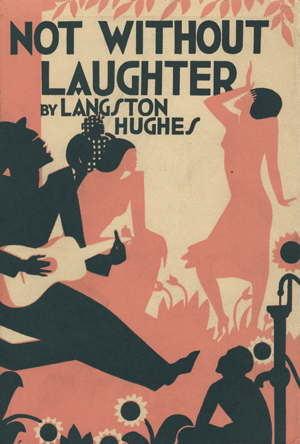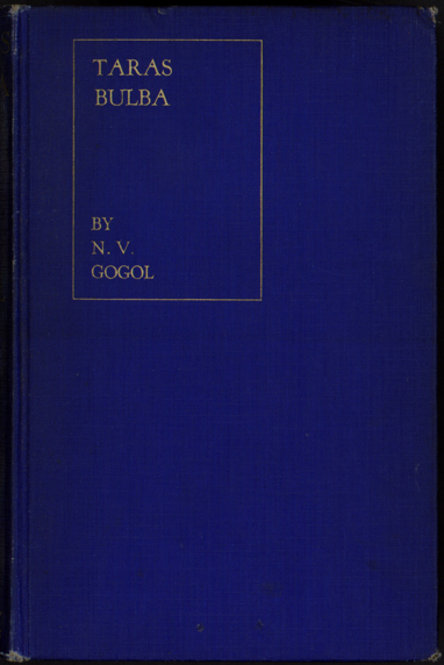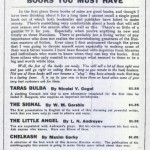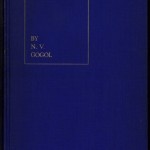Eibhear Walshe, a Senior Lecturer in the School of English at University College Cork, came to the Ransom Center in 2014 to utilize the collection of Irish novelist Elizabeth Bowen. Dr. Walshe’s publications include Kate O’Brien: A Writing Life (2006), Cissie’s Abattoir (2009), Oscar’s Shadow (2011), and The Diary of Mary Travers (2014). In addition, Walshe has edited a selection of publications including Elizabeth Bowen Remembered (1999), The Field Day Anthology of Irish Writing: Volume 4 (2002), and Elizabeth Bowen: Visions and Revisions (2008). His research was supported by the Andrew W. Mellon Foundation Research Fellowship Endowment as part of the Ransom Center’s fellowship program. [Read more…] about Fellows Find: National identity’s influence on Elizabeth Bowen’s imagination
Blanche Knopf
Fellows Find: Scholar explores connections between Langston Hughes and other black writers around the globe

Shane Graham, Associate Professor of English at Utah State University, is the author of South African Literature after the Truth Commission: Mapping Loss (2009), and the principal editor of Langston Hughes and the South African Drum Generation: The Correspondence (2010). He has published articles in Modern Fiction Studies, Theatre Research International, Studies in the Novel, and Research in African Literatures, and he serves as Reviews Editor for Safundi: The Journal of South African and American Studies. His work at the Ransom Center was funded by an Alfred A. and Blanche W. Knopf Fellowship.
An Alfred A. and Blanche W. Knopf Fellowship allowed me to spend a month at the Harry Ransom Center exploring the connections between African-American poet Langston Hughes and black writers throughout the Caribbean, Africa, and Europe. I began this research some time ago at the Beinecke Library at Yale University, where the great majority of Langston Hughes’s papers are deposited. The Ransom Center holdings allowed me to expand and enrich my investigation into these transatlantic connections in innumerable ways.
For instance, the Knopf records and the Nancy Cunard papers contain correspondence with Hughes, typescripts of his poems, essays, and speeches, and media clippings about his books. Moreover, the Transcription Centre records include information about its parent organization, the Congress for Cultural Freedom (CCF), which established important links between African and diasporic writers. The Transcription Centre papers also contain records and reports from the important “Conference for African Writers of English Expression” held at Makerere College in Uganda in 1962, which the CCF co-organized and which Hughes attended as a guest of honor. These holdings provide small but important pieces to the jigsaw puzzle I am trying to complete sketching the transnational connections between Hughes and his many friends and correspondents.
Among other unexpected treasures I discovered were dozens of letters that Jamaican poet and novelist Claude McKay wrote to his agent and to Nancy Cunard in Paris, from a period when McKay himself was living in Marseille, Spain, and Morocco. While not proving an immediate link to Langston Hughes, these letters do establish McKay as an equally transnational figure and have prompted me to return to the Langston Hughes papers to investigate the two men’s relationship. I’m happy to report, then, that my time at the Ransom Center opened up an important new area to explore in my book-in-progress.
Ur-Knopf: An early Knopf book is reunited with larger Knopf library
June 1915. Gene Stratton-Porter and Pollyanna held their dull sway over the American best-seller lists. A young publisher on the make, who had been fired by his house for planning to poach one of its authors, had just decided to go into business for himself. With seed money from his father, Alfred A. Knopf set up shop in one cramped room at 220 West 42nd Street in Manhattan. The other partner in the firm was Blanche Wolf, well-to-do, cultured, fluent in French, and already engaged to Alfred. The first book published by the firm that fall was the French dramatist Émile Augier’s Four Plays. The Ransom Center owns the entire limited edition (two copies, bound in different shades of morocco leather) bound for Alfred, which he gave to his father (“Pater”) and Blanche (“V.V.”) in September 1915 (the trade edition went on sale the next month). Other than that, the firm’s very earliest productions are not represented in the couple’s huge personal library, now at the Ransom Center. Apparently the Knopfs were not sentimental about their roots.
So it came as a surprise when the Ransom Center was recently offered a copy of one of the very earliest Knopf imprints, Nicolai Gogol’s Taras Bulba, with the bookplate of Blanche Wolf, soon to be Blanche Knopf, and bearing an early bookplate from the firm’s library. Taras Bulba headed the first Knopf advertisement in Publisher’s Weekly of September 25, 1915, along with other Russian books. At the outset, the Knopf list included a large proportion of foreign authors, especially French and Russian ones, mainly because it was relatively easy to obtain their American rights. Within a few years, Knopf, Inc.’s Borzoi Books, as they were named because of Blanche’s short-lived attachment to the famously stupid dog breed, would catch the attention of the publishing world because of its superb literary taste and striking book designs.
When the book arrived, I held in my hand a bit of the Ur-Knopf, from the days before Alfred and Blanche were married, before the hallowed Borzoi Books name was on a book (though the dog himself had already made his first appearance as a logo), and before Alfred implemented his notion that a trade book could be beautifully designed (Taras Bulba is in truth a rather plain book). How or why the volume was removed from the Knopfs’ library remains a mystery. The book economy works in strange and mysterious ways, and we can only marvel that Blanche’s book has now been reunited with the rest of the library.
Please click the thumbnails below to view full-size images.




